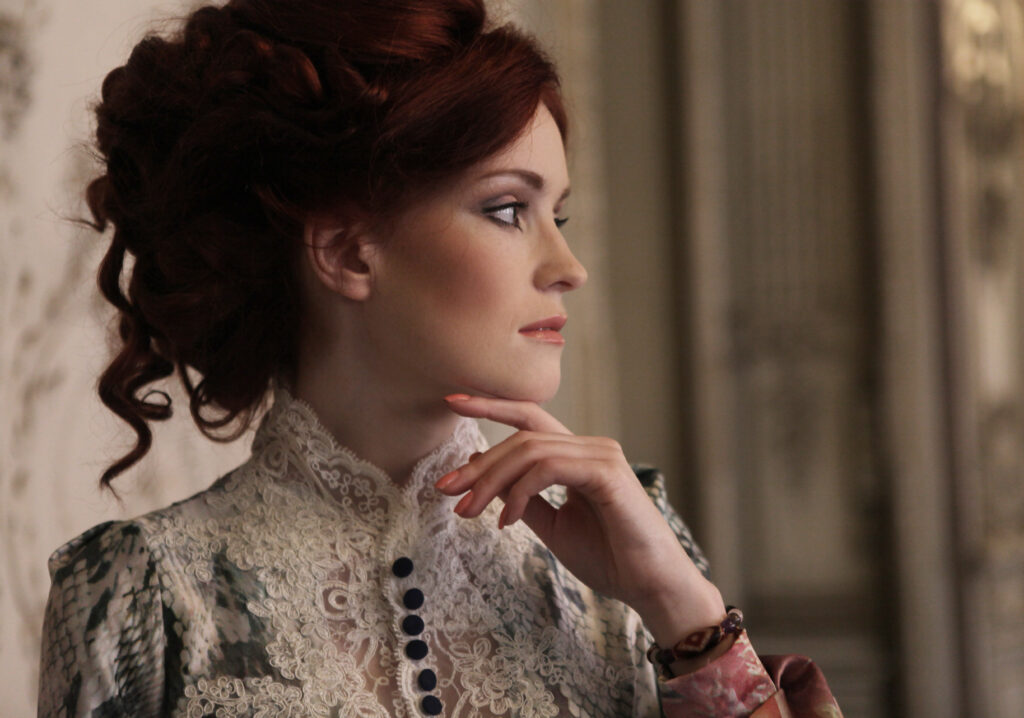What Was the Role of Women in Victorian Society? Unveiling Historical Gender Dynamics
The role of women in Victorian society was largely defined by a set of expectations and norms that placed them in the domestic sphere. Women were expected to embody the virtues of purity, piety, and submissiveness, largely confining their contributions to homemaking and child-rearing. These societal norms were reinforced by literature, education, and the legal framework of the time, which granted women limited rights and opportunities outside the home.
Despite these restrictive roles, women in the Victorian era began to challenge and reshape their societal positions. Movements for women’s education, property rights, and suffrage gained momentum, driven by pioneering women who sought greater equality and autonomy. These efforts laid the groundwork for significant social changes that would follow in the 20th century.
Victorian women also played crucial, though often underappreciated, roles in the workforce, especially in sectors like textiles and domestic service. While middle and upper-class women focused on charity work and social reform, working-class women laboured in factories and as servants, contributing significantly to the economy. This complex and multifaceted role of women during the Victorian era reveals a society in transition, grappling with changing perceptions of gender and duty.
Social and Domestic Roles of Women

In Victorian society, women were primarily seen as caretakers of the home and family. Their roles were strongly influenced by societal expectations, marriage, and duties within the household.
Gender Norms and Expectations
Victorian society imposed strict gender norms on women. They were expected to be pious, pure, and obedient. Education for women often focused on skills like sewing and cooking rather than academic subjects.
Fashion and appearance also played a critical role. Women were expected to dress modestly, often in constrictive clothing like corsets and long skirts.
Most women were largely excluded from participating in professional life or engaging in public politics. Their social activities were typically limited to charity work or organising social gatherings.
Marriage and Motherhood
Marriage was considered a pivotal goal. Women were often married off at a young age, with the arrangement typically determined by their family. Moral conduct and virginity were emphasised as essential qualities for a bride.
After marriage, women’s primary responsibilities focused on being a devoted wife and mother. They were often expected to bear and raise multiple children, providing not just physical care but moral and religious guidance as well.
Failing to marry or to have children was seen negatively. Single women often faced societal stigma and limited social mobility.
The Domestic Sphere
Women managed the household, overseeing tasks like cooking, cleaning, and child-rearing. For those in wealthier families, this included supervising servants. Housekeeping manuals and advice columns were popular, guiding women on how to best maintain their homes.
Balancing multiple roles within the home, women were also responsible for creating a comforting and moral environment. The home was seen as a refuge from the outside world, and women were the keepers of this domain.
Financial matters generally fell under the husband’s jurisdiction. Even affluent women rarely had control over money or property, adhering to legal and societal norms that favoured men.
Women’s Movements and Rights
The Victorian era saw significant advancements in education and employment opportunities for women, along with an active movement for women’s suffrage and political involvement.
Education and Employment
Women’s access to education improved in the Victorian period. Initiatives such as the founding of women’s colleges, like Girton College at Cambridge, were pivotal. Girls’ schooling focused increasingly on academic subjects rather than domestic skills. Women began to enter the workforce in greater numbers, particularly in teaching, nursing, and clerical positions.
Factory work became another significant avenue, though conditions were harsh. Campaigns for better working conditions led to the formation of women’s trade unions. Despite advances, many professions remained closed to women, and wage disparity persisted.
Suffrage and Political Engagement
Women’s suffrage gained momentum during the latter half of the Victorian era. Leaders like Millicent Fawcett and Emmeline Pankhurst were instrumental in advocating for voting rights. The suffrage movement utilised various strategies, including peaceful protests and petitions.
Political engagement extended beyond suffrage. Women increasingly participated in local government roles and public health committees. The Married Women’s Property Acts in the 1870s and 1880s highlighted legal reforms that allowed women more control over their property, showcasing incremental yet significant progress in women’s rights.
